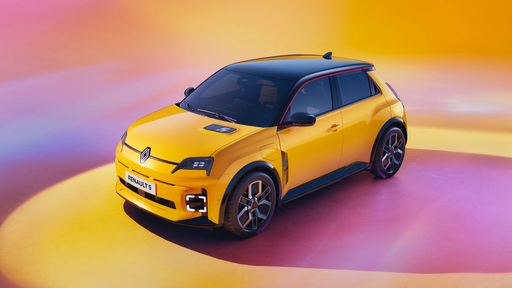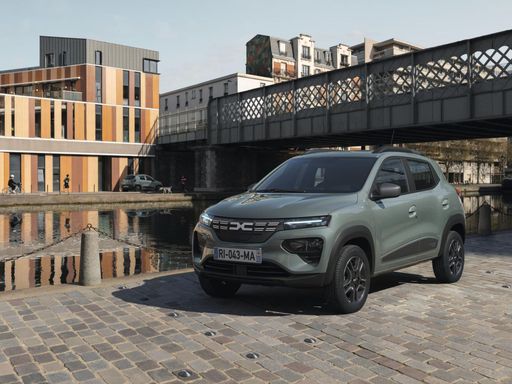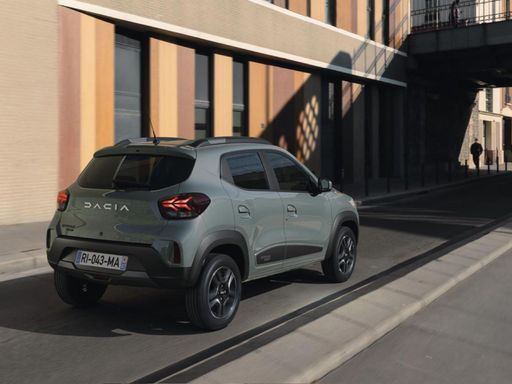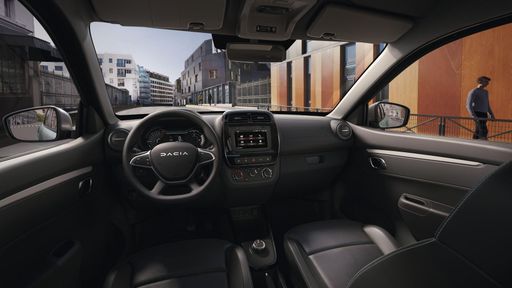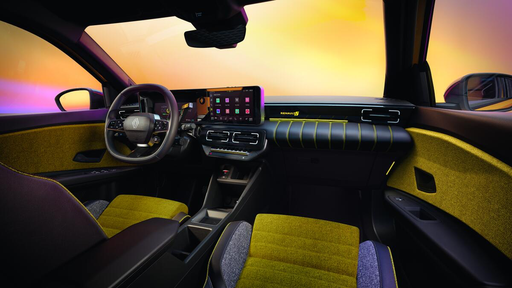Pitting the Dacia Spring Against the Renault R5: Which Electric Marvel Reigns Supreme?
In the burgeoning world of electric vehicles, two models stand out as prime examples of how manufacturers are redefining efficiency and affordability: the Dacia Spring and the Renault R5. Each car offers a unique take on electric mobility, making the decision between the two as stimulating as the vehicles themselves. Today, we delve deep into the specs, innovations, and distinctive features of each contender.

